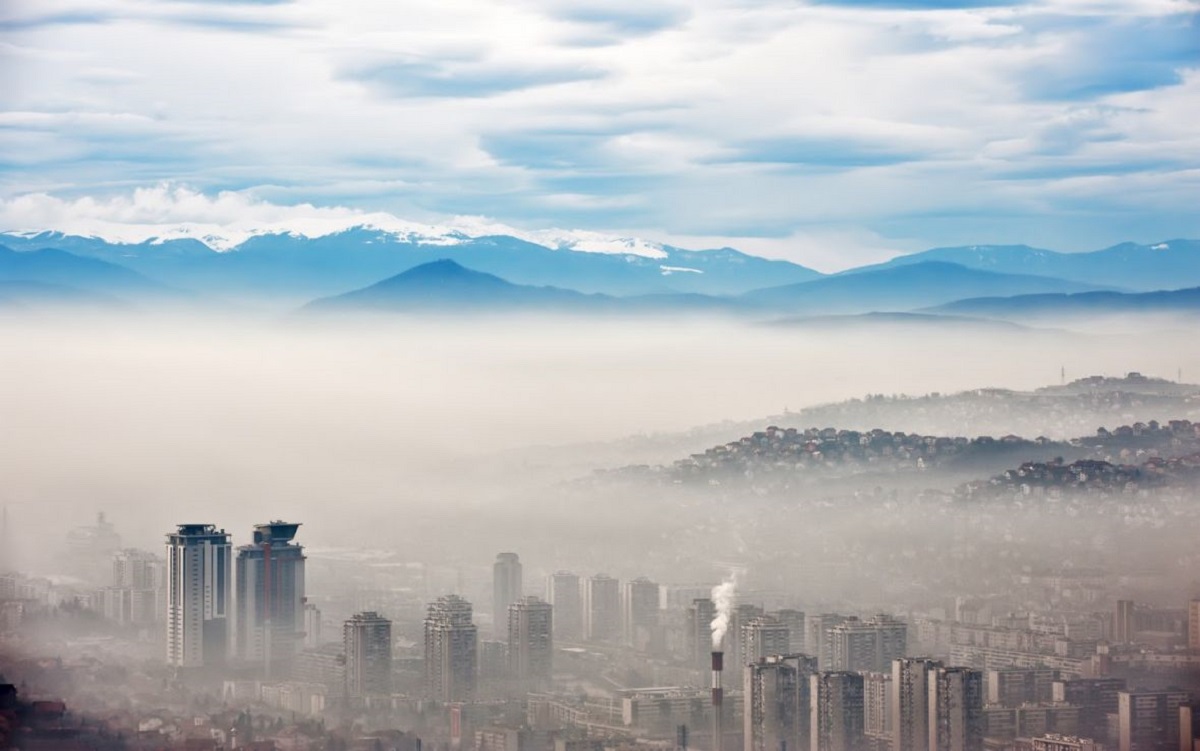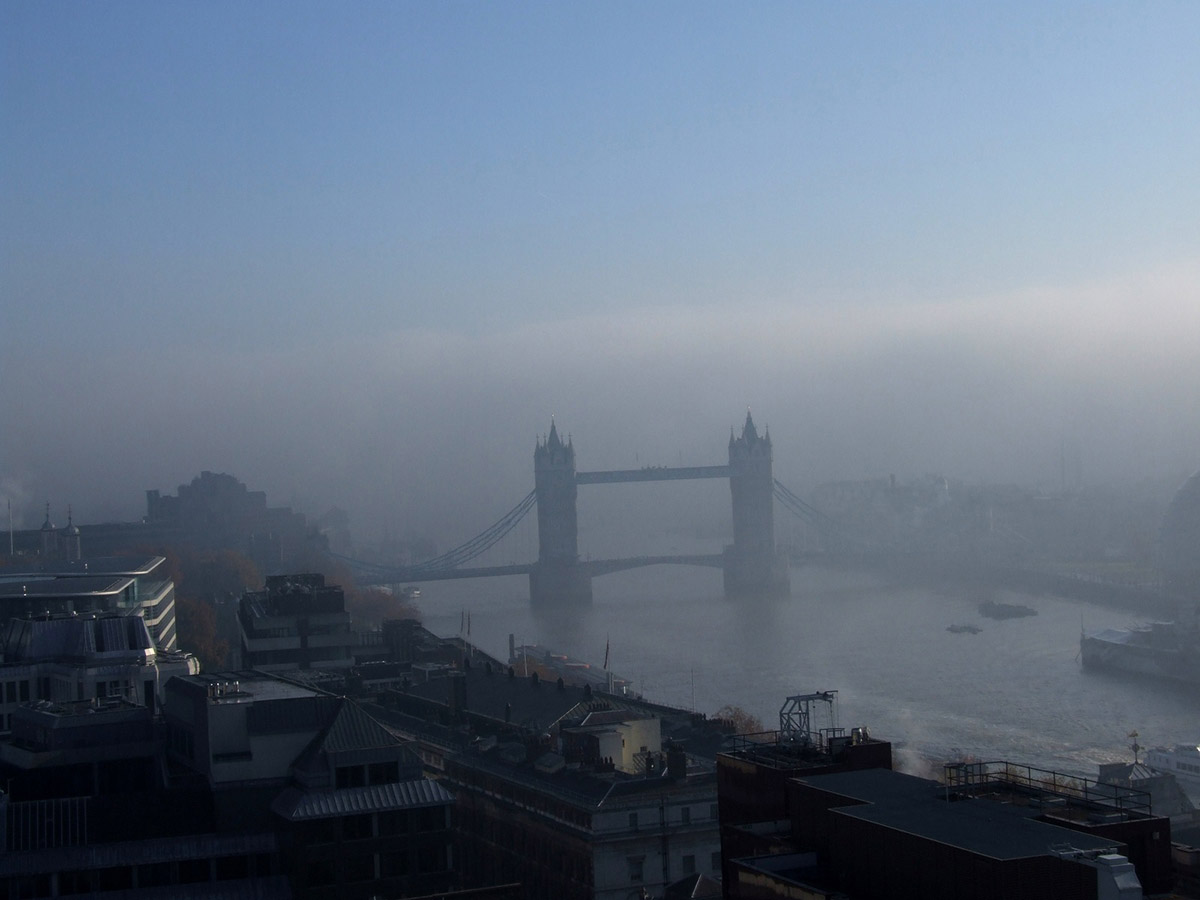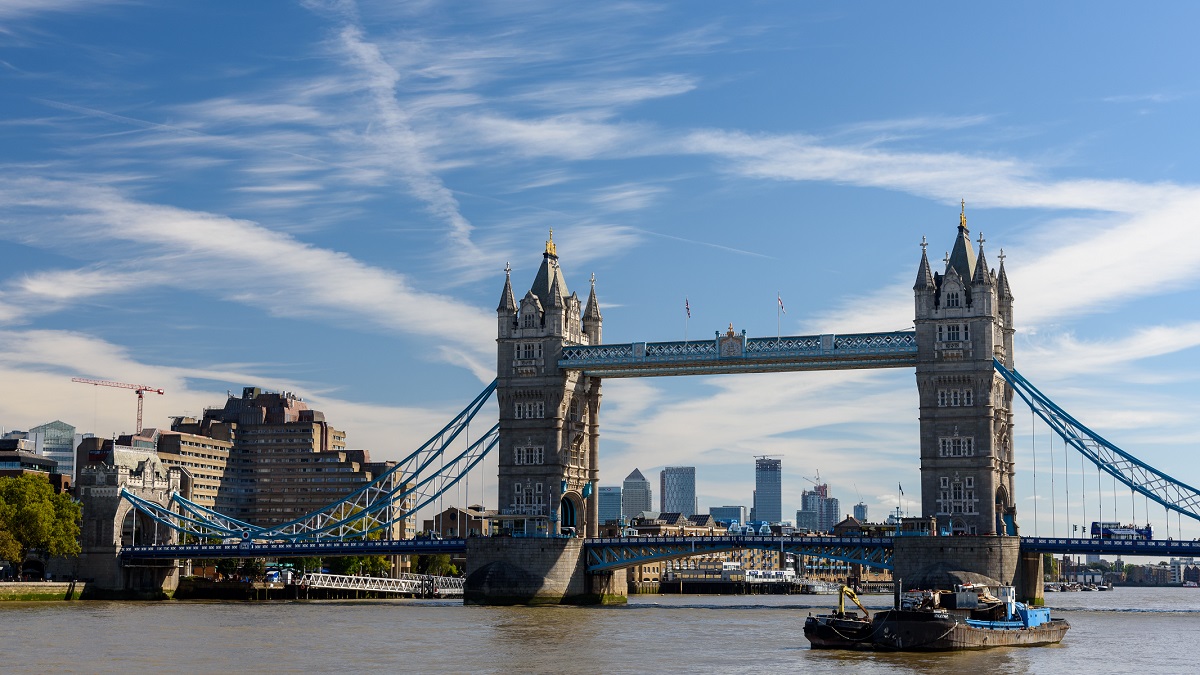Submitted by Emina Čamdžić
The Path to Clean Air in Strategies in Bosnia and Herzegovina
Bosnia and Herzegovina Architecture News - Mar 07, 2023 - 12:03 3172 views

Air pollution is affecting human health which means that the exposure to larger amounts of CO2 in the air is known to cause a variety of negative health impacts such as inflammation, low cognitive performance, headaches or lung issues. To reduce the negative impact of CO2 in the air to your organism go for a walk up to five kilometres by foot from the old city of Bascarsija to up – the – hill Sedrenik in the heart of Sarajevo where the clean and non – polluted air will get you in the happy, good mood and healtier lifestyle. It is said that in the healthy body is the healthy spirit.
Sedrenik represents an urban residential area and local community located in the northeast of the Sarajevo town and belongs to the municipality of Stari Grad and the municipality of Centar in Sarajevo. Near Sedrenik which is a viewpoint with a magnificent view on the town of Sarajevo is a belt of conifer forest which stretches to the north side pf the town of Sarajevo. In the area of this local community, there are nearby sights attractions: Little Tower, Big Tower, Nuhanovo Well, Panjina Tower, water fountains and viewpoints Sedrenik and Zmajevac, as well as a Forest Park.
While walking up- the – hill of Sedrenik there you can still find October leaves in the streets fallen from the trees, and keep in mind that you could walk by and see domestic cats and dogs. Such can be a good escape not from the town to the nature but inside the town to less polluted areas or areas with no pollution in the air such as Sedrenik place in Sarajevo. In comparation to the clean non - polluted air are the traffic - full streets with large emissions of CO2 and other toxic emissions also houses using coil with CO2 pollution resulting in air of low quality.
Clean air solutions introduced in the sustainability in architectural design to tackle climate change
When talking about sustainability and Energy Efficiency, clean air means good air quality, less pollutants of Greenhouse Gasses such as CO2 and sulphates that affect the land and water while polluted air affects the human physical and mental health, also means climate instability and large concentrations of Greenhouse Gasses as written in the previous WAC article, titled Greenhouse Gass Emissions of the Built Environment. About the influence of clean breathing air and sustainability in design read more in this article published by WAC's Bosnia and Herzegovina Country Reporter Emina Čamdžic. As written in the article this example of the architecture in the place of Sedrenik shows a sustainable system for living and reducing climate change, which is in the same sea line as the Clinic for Lung Diseases, the type of materials used in Energy Efficiency (EE) projects for renovations and extensions, reconstructions and learning use for new BIM projects.
Image shows a viewpoint of the urban area and local community of Sedrenik with clean air and a view on the town and valley of Sarajevo. Image © Eminent. [Outlet/ Platform]
Bosnia and Herzegovina focuses on local action plans in protection of the environment
During 2020, the town of Tuzla developed and adopted the SECAP (Action Plan for Sustainable Energy Management and Adaptation to Climate Change of the City of Tuzla) for the period of time from the year 2020 to 2030, which is mentioned by a non-governmental organization CRP NGO alongside projects for the environmental protection.
The canton of Tuzla has suggested the strategy for development for the next years with detailed information on the strategy to tackle bad poisonous toxic air in the city of Tuzla, Bosnia and Herzegovina. The LEAP (Local Environmental Action Plan) strategy in the Tuzla Canton is currently in the development because the previous plan is outdated and this LEAP is to achieve the environment quality with minimum pollution or without any pollution level therefore to have the lowest risk for the health of the citizens and the environment.
With this in mind it is understandable why just a walk through the city but far away from the traffic is a great example how to plan your weekend, introduce healthier and sustainable walks, but also see many examples of the houses built in that area of the town of Sarajevo which shows architecture developed and the urban plans of the hill side. It is understood that the development of individual houses and housing typology show why Energy Efficiency (EE) in architectural design is important and how the large number of such buildings means that there is a need to introduce EE in renovation projects and in new architectural design of individual houses.
The strategic goals of the EU by the year 2030 include the reduction of harmful emissions, adopted for the level of Bosnia and Herzegovina in the Framework Energy Strategy of Bosnia and Herzegovina Until 20351, which is further mentioned within the project realization, The Strategy and Action Plan for the Protection of the Environment2 in Bosnia and Herzegovina by 2030 and further' as written by an independent, non-profit organization Employers' Society (UPFBiH).
Binding directives and regulations for Bosnia and Herzegovina include the Directive of the European Parliament and of the Council on the limitation of certain air pollutants' emissions from large combustion devices.
 Image of the fog of polluted air in Sarajevo valley during winter. Image © Smooth O via Wikimedia (CC BY-SA 3.0)
Image of the fog of polluted air in Sarajevo valley during winter. Image © Smooth O via Wikimedia (CC BY-SA 3.0)
The energy poverty article with introduction on solar panels on individual houses can be read at the WAC's previous article by WAC's Bosnia and Herzegovina Country Reporter Emina Čamdžic, which is titled How is Bosnia and Herzegovina Struggling with Energy Poverty?.

Image of the fog of polluted air in London. Image © Modris Putns via Wikimedia (CC BY-SA 3.0)

Image of London with clean air and bright skies. Image © Mustang Joe via Wikimedia (CC0 1.0)
The two above shown images represent London from over ten years ago in 2011 and recently in 2019. There is a comparison of a London image with a blurry, foggy panoramic view and a London with clean air and bright skies. The phenomenon of the "London fog" is well known and polluted air with fog resulting in poor air quality was an issue since the 13th century mostly because of the use of coal for heating and weather conditions. London has implemented the measures to stop the air pollution and environmental pollution such as the use of coal in housing areas which was the largest pollutant in London.
The Great Smog of London was a lethal smog that covered London for five days in 1952 and was caused by a combination of industrial pollution and high – pressure weather conditions, which lead up to 4.000 people had died as a direct result of the smog and 100.000 more had illness caused by the effects of smog to the respiratory tract. The Great Smog of London was a severe air pollution that affected London in a period of collected airborne pollutants mostly arising by the large use of coal for heating during the cold months. After the environmental legislation acts in 1952 and 1968 this has lead to a reduction in air pollution and solutions for poor air quality.
1. Herzegovina in the Framework Energy Strategy of Bosnia and Herzegovina Until 2035. (May 5, 2019). Retrieved 10 March, 2023 from (https://fmeri.gov.ba/media/1819/okvirna_energetska_strategija_bosne_i_hercegovine_do_2035_bih_finalna.pdf) Copy-Paste into your browser.
2. The Strategy and Action Plan for the Protection of the Environment. Retrieved 13 March, 2023 from (http://www.upfbih.ba/esap-bih-2030+--strategija-i-akcioni-plan-zastite-okolisa-zivotne-sredine-bih-za-period-do-2030--i-d) Copy-Paste into your browser.
Top image of the fog of polluted air in Sarajevo during winter. Image courtesy of Sarajevo Canton Government/Facebook page.
